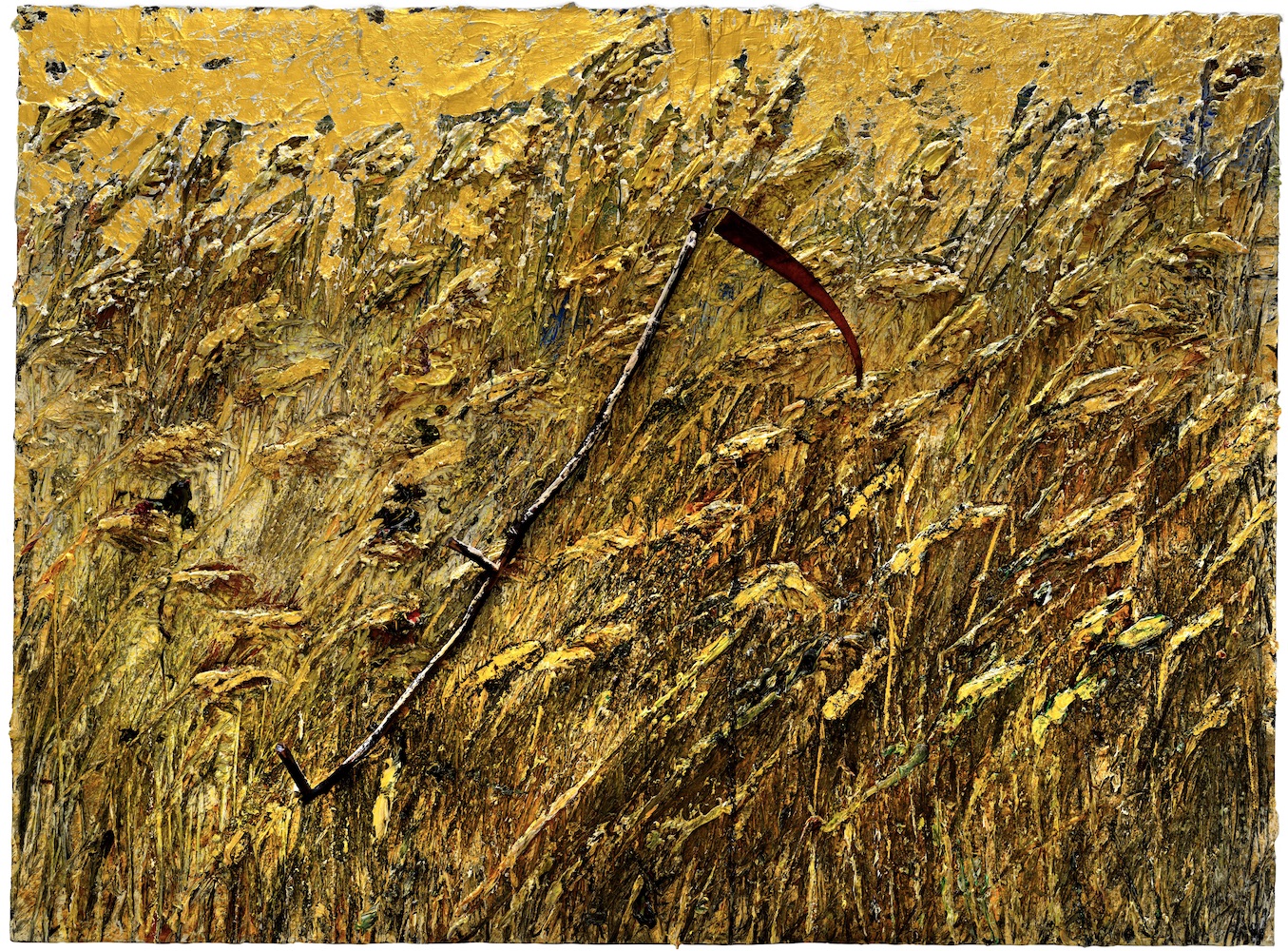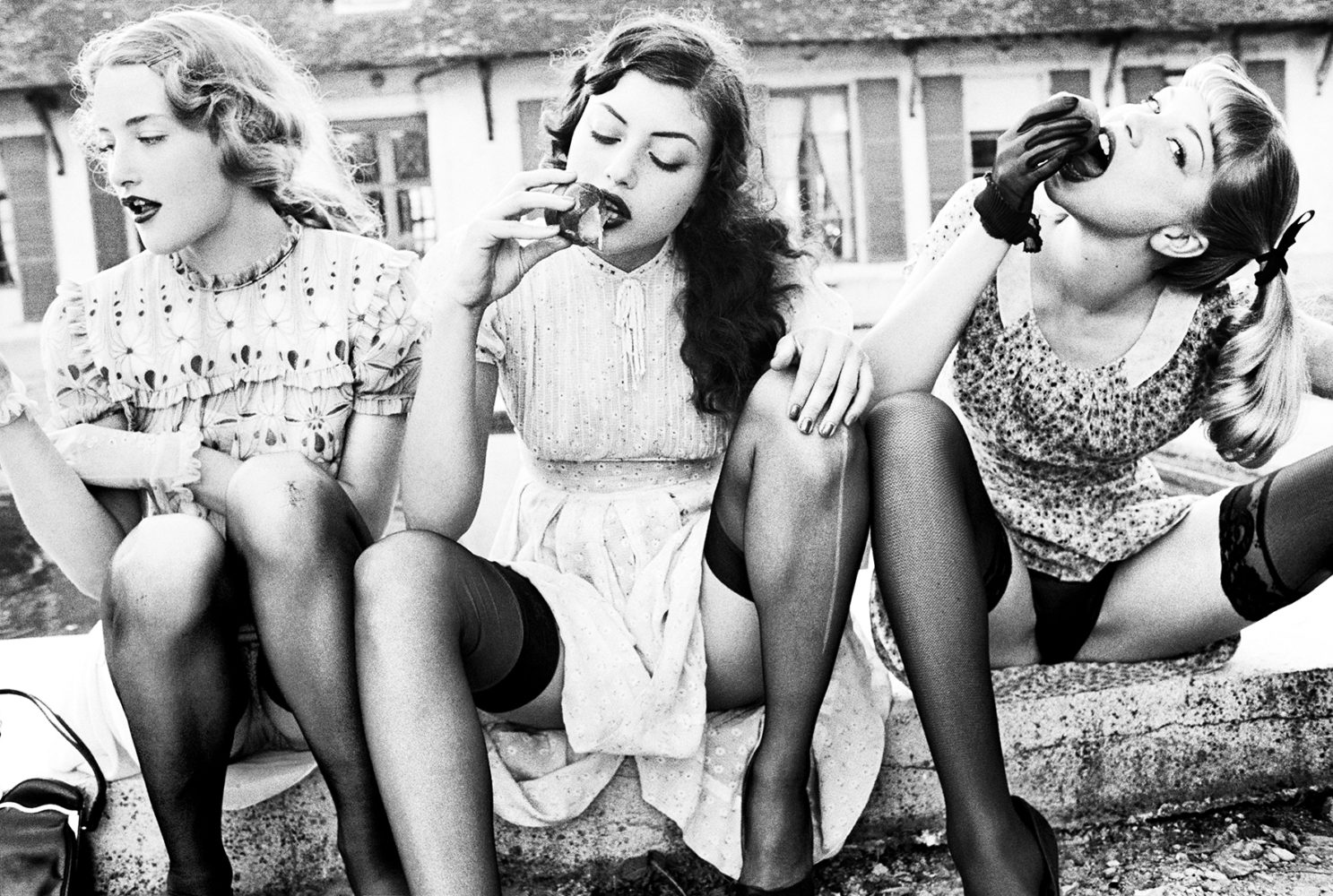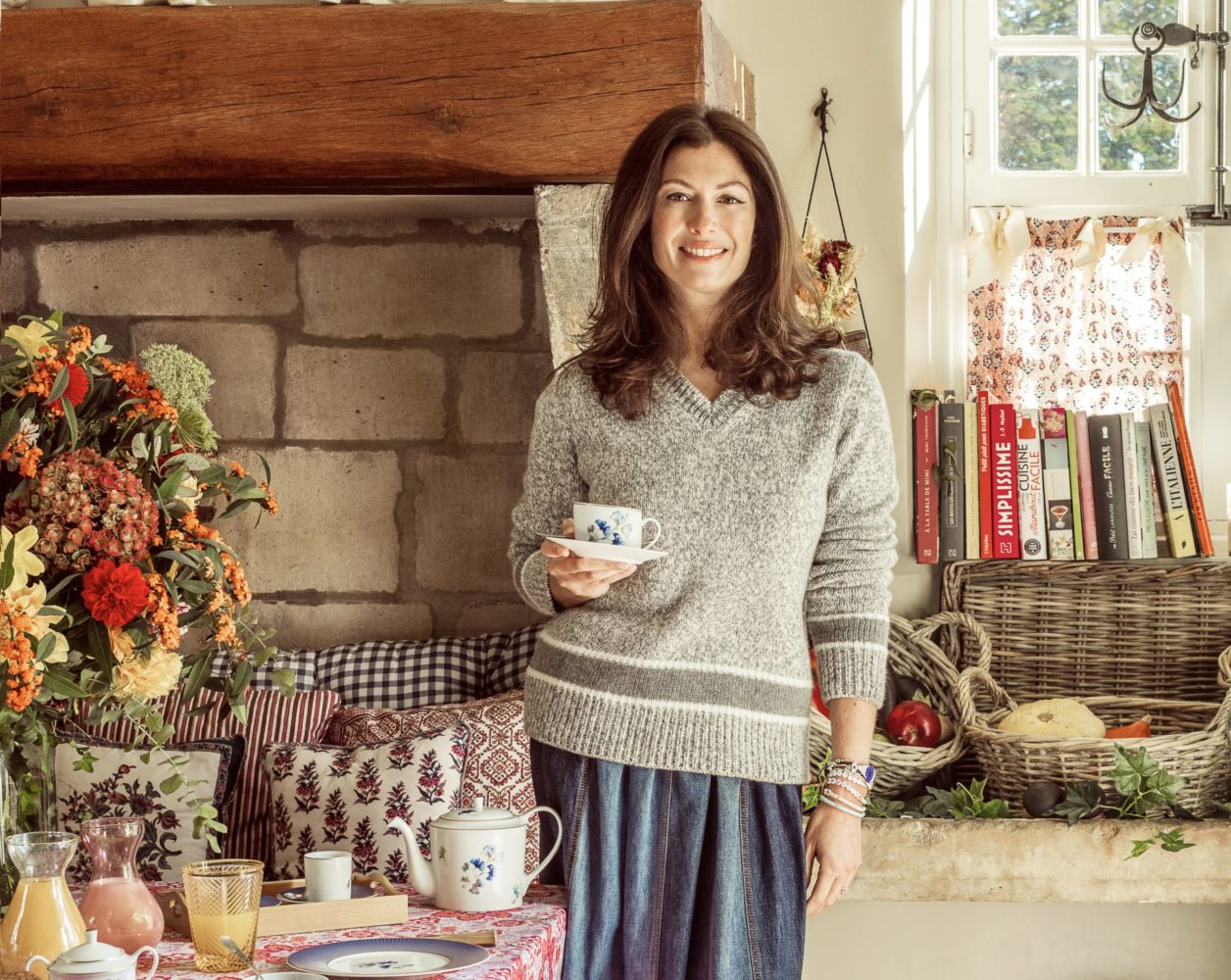The 27-year-old designer Christopher John Rogers has taken the style world by storm, dressing big-screen superstars and intellectual powerhouses alike for some of their most profound moments. People that wear his gowns and suits—like Michelle Obama, Tracee Ellis Ross, Lil Nas X, Lizzo, Rihanna, Lady Gaga, and Beyoncé—aren’t just in the limelight of culture, they’re at the forefront of changing it. But resonating with celebrities was never his plan; he’s just hoping the public uses his fashion as a tool to express themselves however they wish.
In 2019 Rogers won the prestigious CFDA/Vogue Fashion Fund award, providing him with a supportive community of mentors and resources. And just last year the same organization named him the American Emerging Designer of the Year.
Whitewall spoke with Rogers over the phone to hear why his background impacts his work, how art and everyday people inspire him, and where the future of fashion is heading.
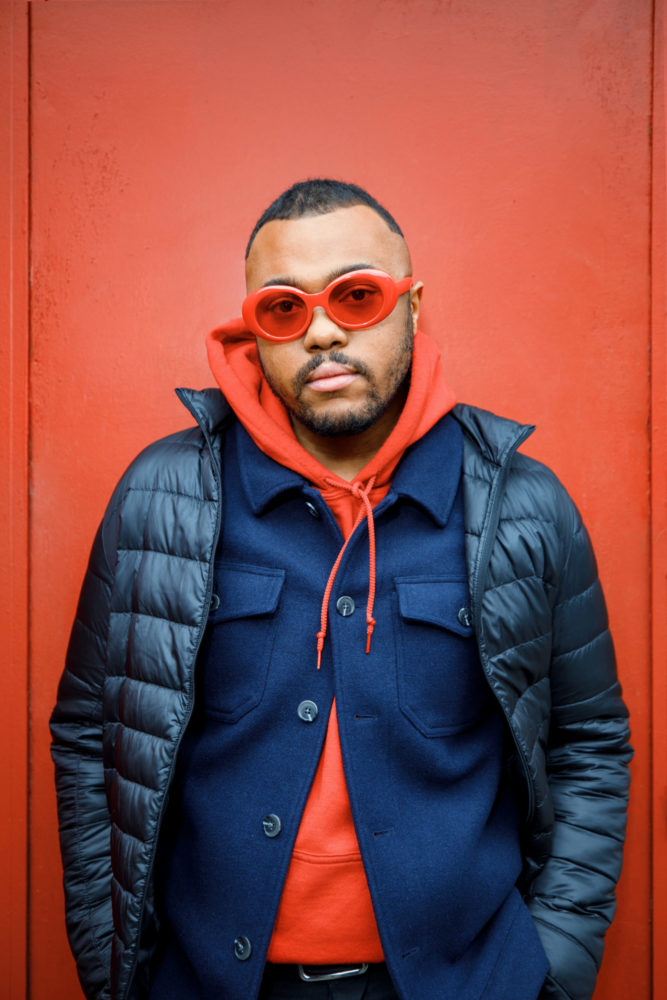
Portrait of Christopher John Rogers by Colin Gray.
WHITEWALL: Let’s talk a about your high-impact looks. Why is the message of “taking up space” important to you as a designer?
CHRISTOPHER JOHN ROGERS: When I was growing up, it didn’t really feel like I had the permission to be super visible. A lot of friends I surrounded myself with were, I would say, a little like outcasts or weirdos. We definitely were very individual. The more we hung out with each other, the more we started to experiment with the way that we dressed—whether it was buying vintage or going to the mall for something new and mixing that with something old in our closet.
With the work that I’m making today, I want to make things that didn’t exist when I was younger—pieces that really get your blood boiling, get you excited, but also aren’t difficult to incorporate into your life. When I say “taking up space,” it’s about creating the tools to do so. So many times in life, we’re told to shrink ourselves, to not speak up, or to only be seen and not heard. I think if you only want to be seen, you should be seen. I want to encourage people to be themselves and have fun with fashion.
It’s about self-expression and creating a world where you can be whoever you want to be. As a fashion designer, it’s my responsibility to create those tools for that world.
WW: Fashion seems to be stepping into a maximalist arena now, reinvigorated by bright colors, unique textiles, and voluminous shapes. Your designs evoke those elements, and we noticed that you draw inspiration from artwork by artists like Ellsworth Kelly and Brian Rochefort. What kind of art are you drawn to?
CJR: I’m naturally drawn to things that are quite straightforward. It could be Bauhaus, Surrealist, Abstract Expressionist works, midcentury modern interiors—things that lean heavily on their shape and structure and color usage, rather than anything representational. I’m inspired by works that have many things going on emotionally but are still simple and straightforward in terms of the representation. I tend to gravitate toward art that does that because I try it out with my own work.
For every grand ballgown that we do, we also do a simple button-down and a beautiful pair of tailored trousers that has something unique about it but is quite easy to digest. Those pieces are easy to incorporate into your life, but a little something different about them tells people so much.
WW: How did your time at Savannah College of Art and Design (SCAD) impact your decision to launch your own label?
CJR: I always knew that I wanted to have my own brand. In middle school I had my mind set up that that was what I was going to do. When I was researching schools, I really loved that SCAD felt warm.
I had been in art classes my entire life and other classes that we took—whether they were computer- or marketing-related—broadened my horizons of how to work in many different sectors of the fashion industry. Cross-pollination between disciplines was critical to my success. Having to work with marketing, fibers, photography, and graphic design majors allowed me to see my work in many different ways, and how to apply my aesthetic to different projects. Working with prints is something that’s become a signature of the brand, and now I collaborate with a good friend, Morgan F. Hill, on the prints for our collections.
WW: What is inspiring you today?
CJR: I’m inspired by people who get up and just do their thing, making it work, especially now in such an unusual and unprecedented time. Normally, I’m taking photos on the street and looking at things that are a bit more abject—like debris or random, dated signs that have really pretty colors. But now I’m thinking of people in and of themselves and the individuality that every person brings to the spaces they inhabit—whether they be healthcare workers, my friends who are in the studio right now after months of quarantining, or the hundreds of people I interact with on Instagram every day. Humanity is really inspiring.
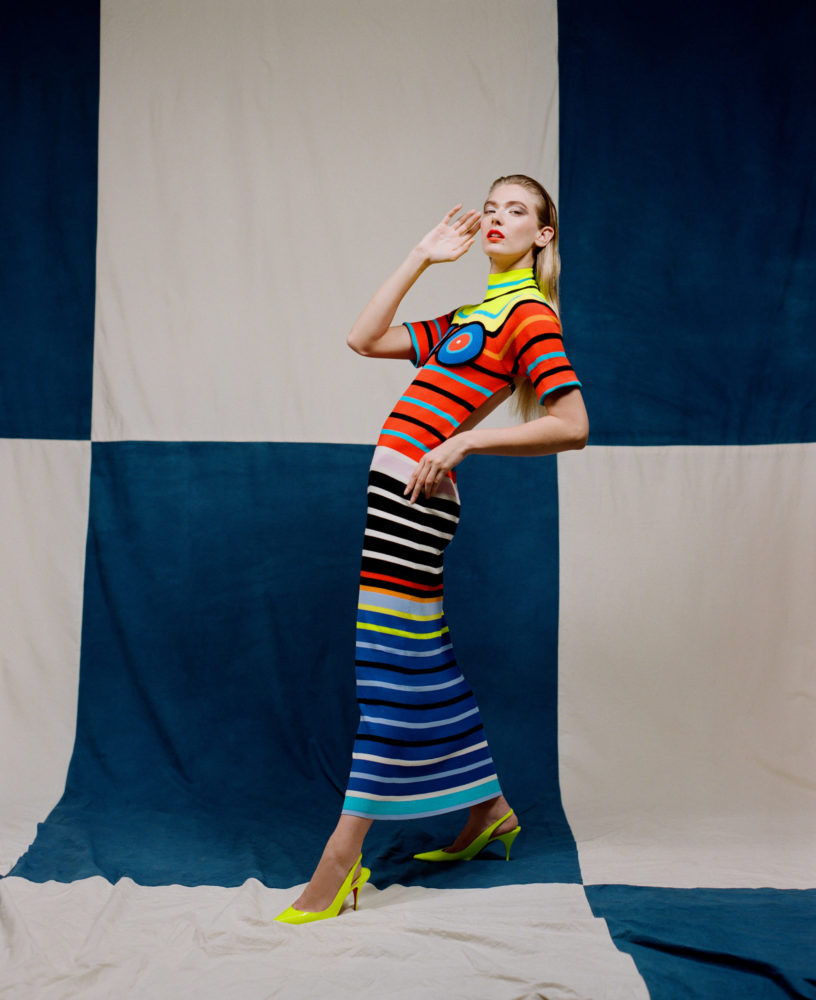
Christopher John Rogers’s Spring/Summer 2020 collection, photo by Emmanuel Monsalve, courtesy of Christopher John Rogers.
WW: Your clothes are worn by both men and women, although the label doesn’t cater to either specifically or claim it is unisex. Do you feel you’re creating clothing for cultural inclusion?
CJR: I don’t think that’s my intent, but I know the clothes communicate that message because of who I am as a designer. I don’t really lean into my identities when I’m coming up with work, but because of the way that I grew up and the people that that I was surrounded by. When we’re casting shows, I don’t necessarily say, “Oh, we need a Black girl here or an Asian girl here or a trans person here.” For the show, it’s more like, “I identify with you because you’re an individual, you’re beautiful, your energy is amazing, and you look great in my clothes.”
It’s about allowing designers, especially designers of color, to lean into the nuances of themselves and encourage that, and not expecting them to perform anything. That’s a big deal with the work that I do. I just try and lean into the honesty of who I am—where I come from, the friends that I have and have had, and how I can be the most myself with the entire presentation, from fabrics and shapes to makeup, hair, and casting.
I know that different bodies require different cuts of clothing, so the bigger we grow as a company, the more cuts I’ll be able to cut for. That’s definitely something that I want to do in the future. But that’s also why we have wide-cut trousers and shirtdresses that are long—pieces that are more “unisex,” so that whoever wants to buy it can buy it.
WW: Where is the future of fashion?
CJR: Individuality. Allowing for idiosyncrasies in the way that people express themselves to come to the forefront.
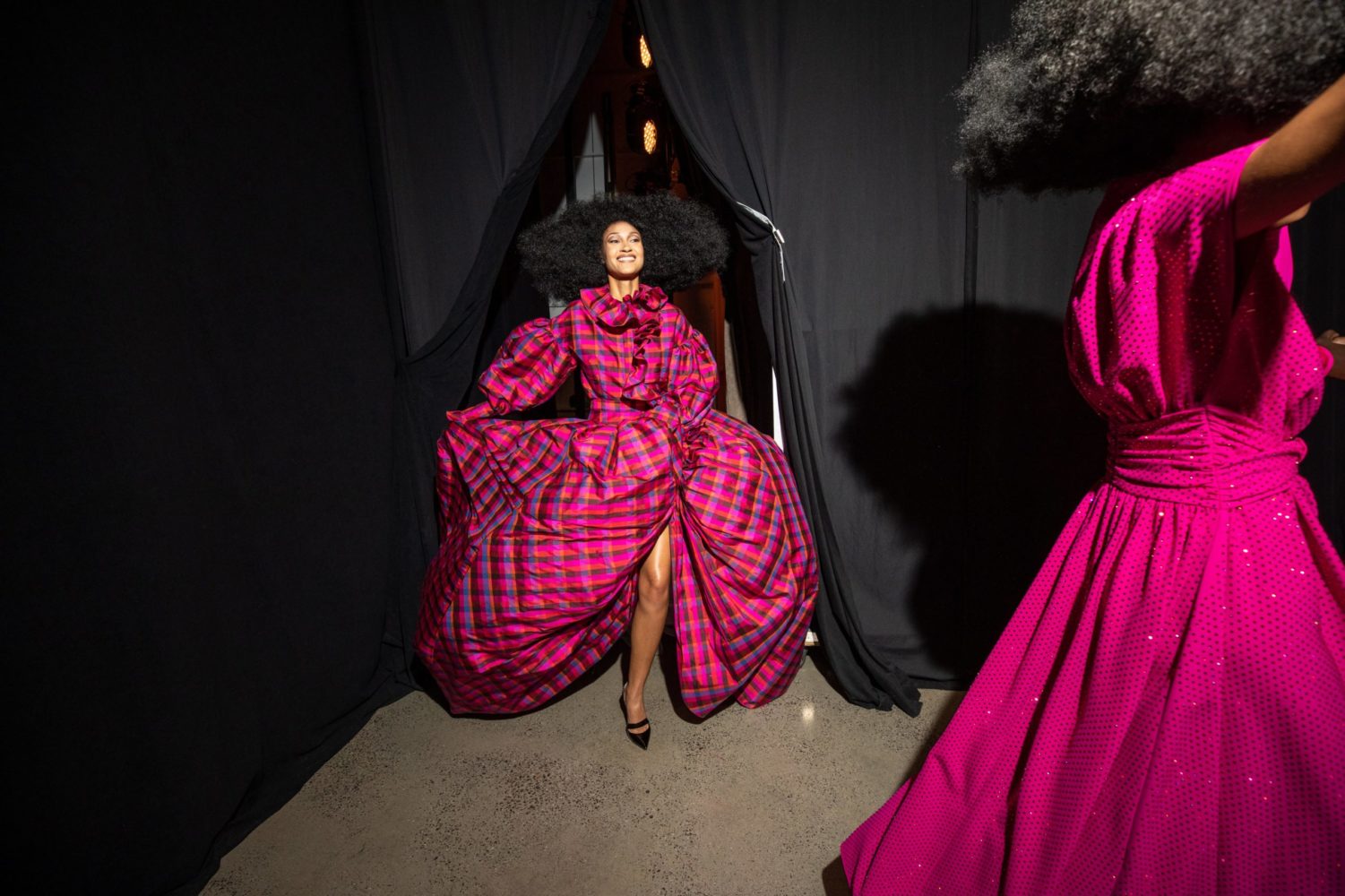
Christopher John Rogers’s Fall/Winter 2020 collection, photo by Frank Sun, courtesy of IMG and Christopher John Rogers.




